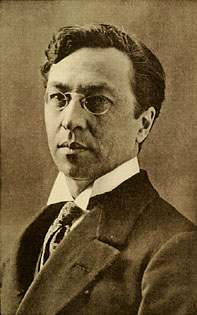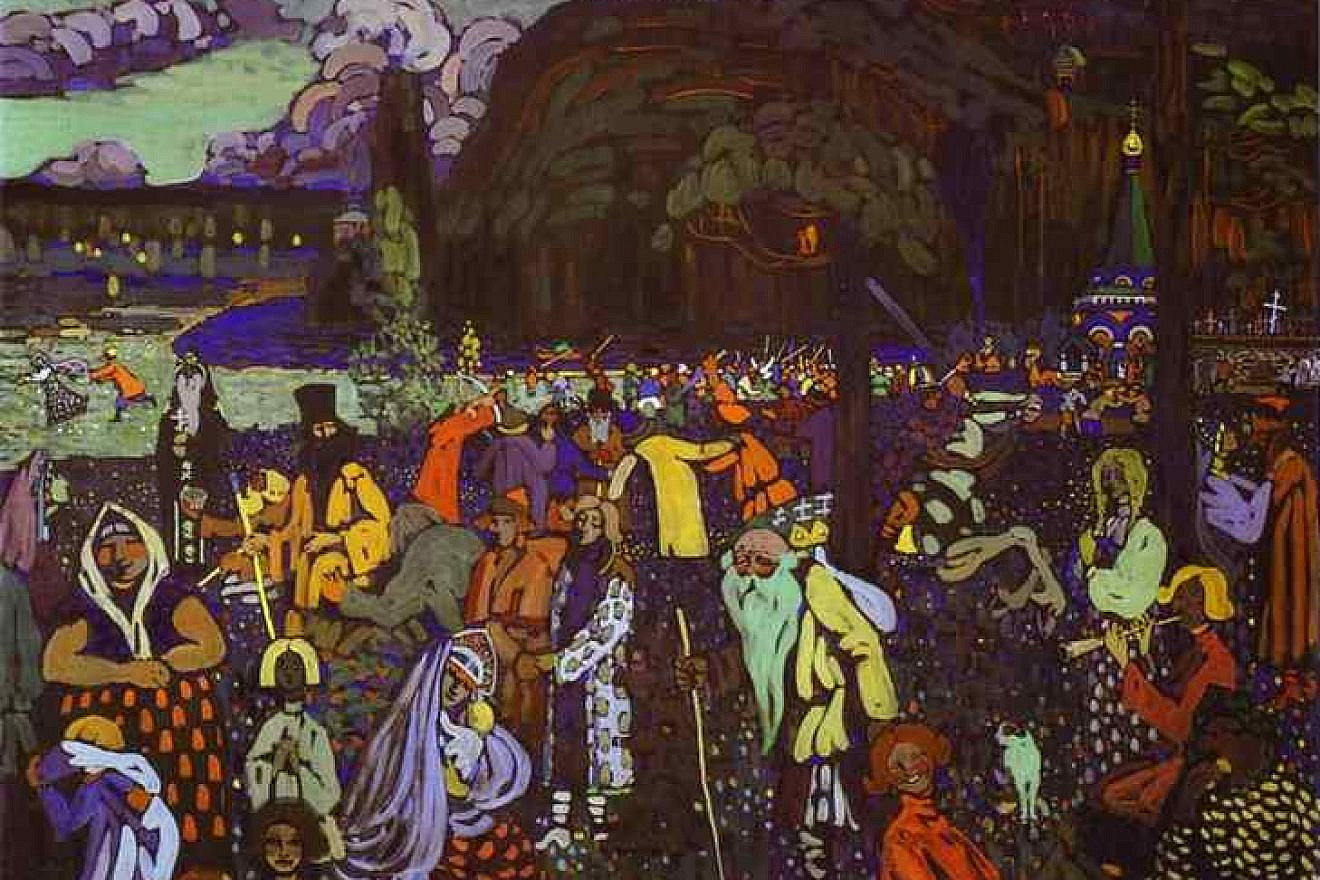Wassily Kandinsky’s 1907 semi-abstract painting “Colorful Life,” which depicts a large outdoor celebration, should return to heirs of the Dutch Jewish collector who owned the work prior to the Holocaust, a German government panel ruled.

Emanuel Albert Lewenstein, who directed a sewing-machine factory, developed an art collection. He had loaned the Kandinsky to the Stedelijk Museum in Amsterdam when Hitler’s armies invaded. It was later auctioned off.
“There are numerous indications that this was a case of a seizure as a result of Nazi persecution,” ruled the commission, which investigated the case. Its rulings aren’t legally binding but are almost always adhered to.
A Russian painter, Kandinsky was not Jewish, but his work was included in the notorious Nazi “degenerate art” exhibit.
In 2021, the Stedelijk returned another Kandinsky picture, “Painting with Houses” (1909), to the Lewenstein family. It had belonged to Lewenstein’s son Robert and the latter’s wife, Irma Klein.


























